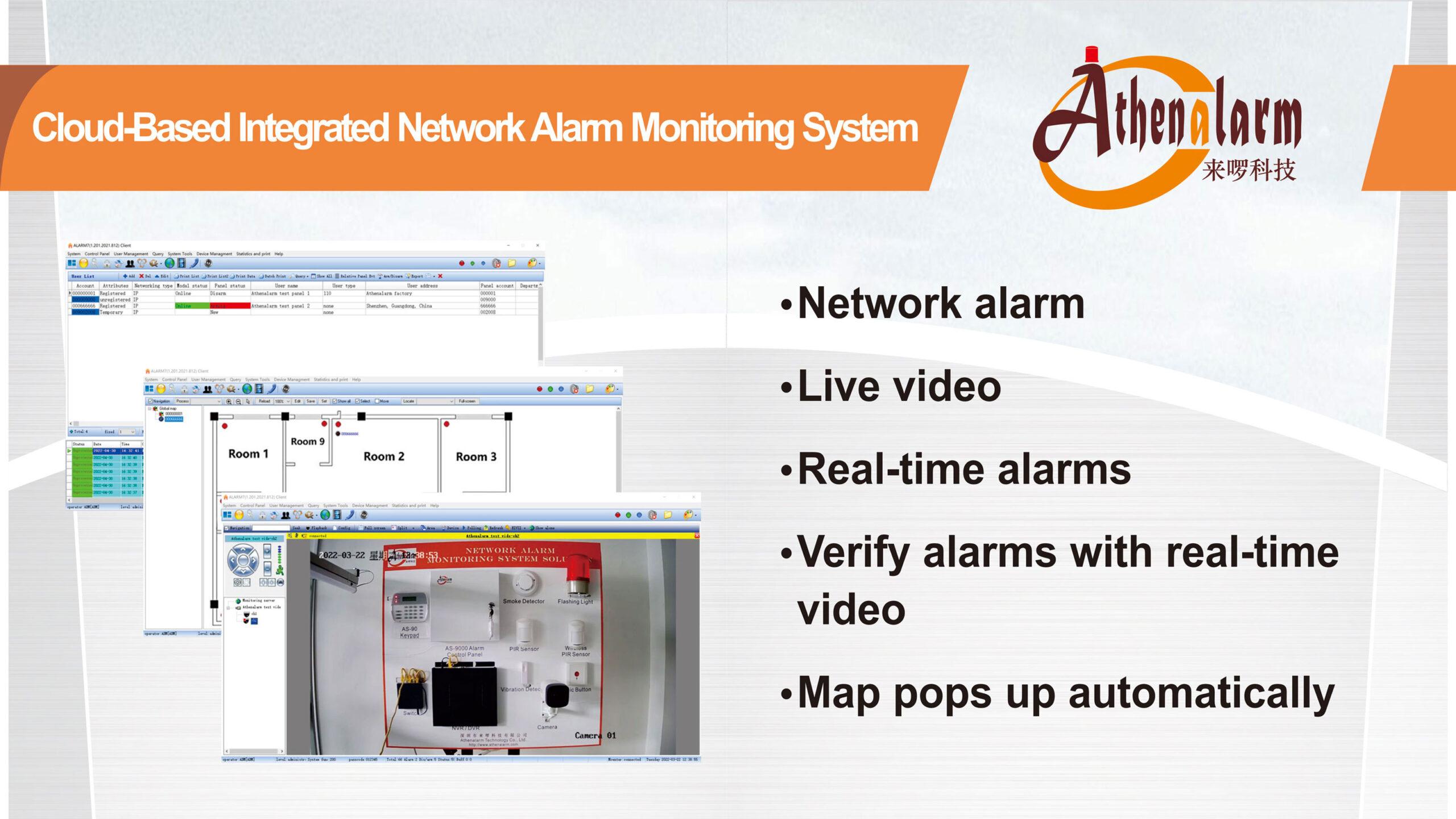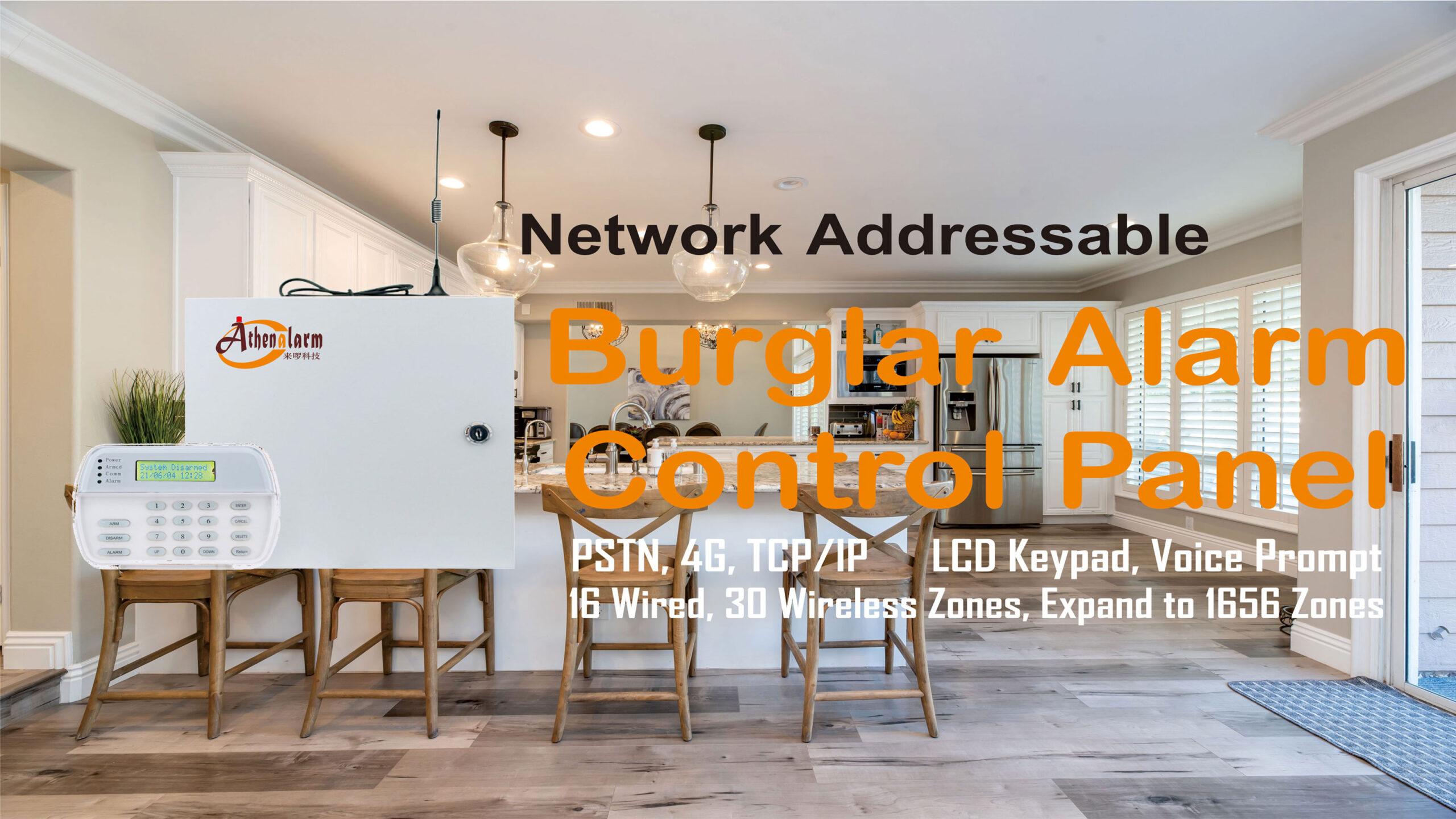



5 Methods to Improve the Accuracy of Intrusion Sensors
The intrusion sensors are the most basic and effective safety device. Once a threat is detected within the alarm area, the intrusion sensors must effectively emit alarm signal.
1 Technology for reducing false alarm rate of intrusion sensors
Advanced alarm technology achieves simple alarm functions through sensors, but to truly achieve emergency alarm response, it is necessary to carefully deploy alarm system solutions.
2 Intrusion sensors embedding anti false alarm detection
The deployment alarm system is designed to eliminate false alarm rates. Manufacturers have developed expensive anti false alarm and detection equipment, which have been incorporated into intrusion sensors to improve alarm processing speed and reduce false alarms through intrusion sensors. There are also techniques, such as Energy Stacking Logic Processing and Random Dynamic Time Division to distinguish between true and false alarms, particularly used to distinguish between human and pet triggered alarm modes.
3 Enhance the stability of intrusion sensors
The false alarm rate is evident, and how to improve the recognition of intrusion sensors and reduce the false alarm rate is the most critical factor. Many consumers also reduce false alarms by replacing batteries, but obviously spend a lot of unnecessary maintenance costs to extend product life. However, this approach of addressing the symptoms rather than the root cause is simply not feasible. Manufacturers should improve the stability of their products through technological upgrades.
Can multiple sensors embedded in an intrusion sensor solve the problem of false alarms? Generally speaking, a regular intrusion sensor can only detect pets weighing 40-50 pounds, but dual infrared sensors can sense pets weighing nearly 80 pounds, expanding the detection range to reduce false alarms and save energy consumption.
Similarly, taking infrared sensors as an example, such sensors are susceptible to changes in temperature and light. The upgraded sensor can use UV resistant materials and add a light filter to eliminate false alarms caused by changes in sunlight. In the production process, the temperature simulation system can achieve the reaction of the product to different environments and temperatures during the testing process, record these situations one by one, and implant them into the equipment.
The R&D personnel have added photo-immunity technology to the equipment structure design, effectively improving the efficiency of alarms. Through experiments, it has been proven that manufacturers can replace microwave ultrasound with actual images to reduce equipment costs, while utilizing solar energy can save more energy. In terms of alarm technology, there is still no new breakthrough in the investigation mode, only filtering out the shortcomings of existing equipment through some new functions to extend the product life.
4 Networking of monitoring cameras and intrusion sensors
Improving sensors poses significant challenges to the research and development capabilities of enterprises. In addition to relying on core hardware, intrusion sensors can be linked with monitoring equipment to reduce false alarms. A qualified intrusion sensor requires accurate alarms, with 50% relying on video surveillance, the remaining 30% relying on software, and 20% relying on hardware. Obviously, the intrusion sensor partner plays a more important role.
Objectively speaking, users are more willing to believe in real images rather than alarm prompts issued by intrusion alarm systems, and video surveillance systems can provide real image information. Of course, it’s not as cost-effective as a regular intrusion alarm system in terms of price.
In multiple integrated applications, the combination of video surveillance and intrusion alarm systems is highly favored by users. Considering the security of the subsystem, video surveillance can record images as a source of evidence, while intrusion detection can activate alarm signals. In the frequent occurrence of false alarms, video surveillance and alarm detection complement each other, reflecting the real scene through video images. By combining with cameras, different alarm solutions can be achieved.
In fact, the networking of monitoring cameras and intrusion sensors is not a new technology. This type of intrusion alarm system can be integrated with household automation monitoring systems, which not only ensures the normal operation of equipment, but also has immeasurable value for developing the IP networking alarm market.
5 Amplify signals to identify interference sources
Another form of reducing false alarm rates through intrusion sensors by manufacturers is called signal amplification effect, which amplifies a certain type of signal for motion detection in different environments, thereby reducing interference from other signals. By using dedicated sensors to detect actual motion, possible interference signals can be eliminated.
In addition, there is an automatic temperature compensation algorithm that distinguishes actual environmental temperature from human or animal temperature, thereby identifying interference sources and reducing false alarms.
The above technologies or analysis algorithms have reduced the false alarm rate at different levels and eliminated the possibility of interference source alarms. As introduced above, the energy accumulation logic processing is based on detecting pedestrian step speed to determine whether an alarm is necessary. In outdoor environments, the environment is relatively complex, so two motion sensors are needed. Only when both sensors trigger an alarm at the same time can the alarm be truly triggered.
This logic based automatic detection technology reduces the possibility of false alarms caused by wind, rain, fog, snow, and other natural environmental changes. By adjusting the detection frequency to determine different environments, it seems that such a simple and intelligent product is suitable for both civilian and consumer markets.
